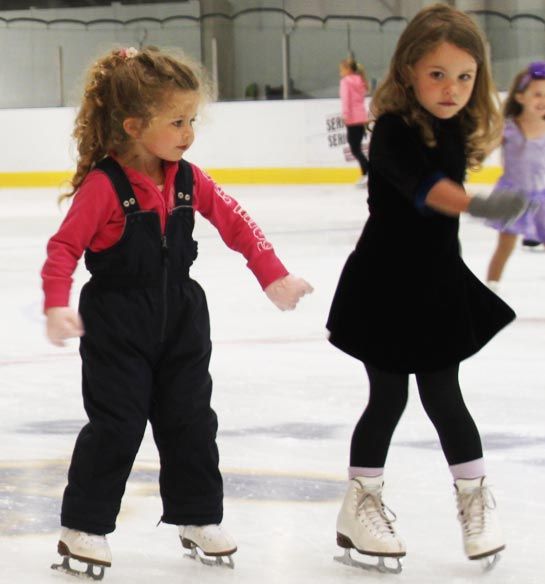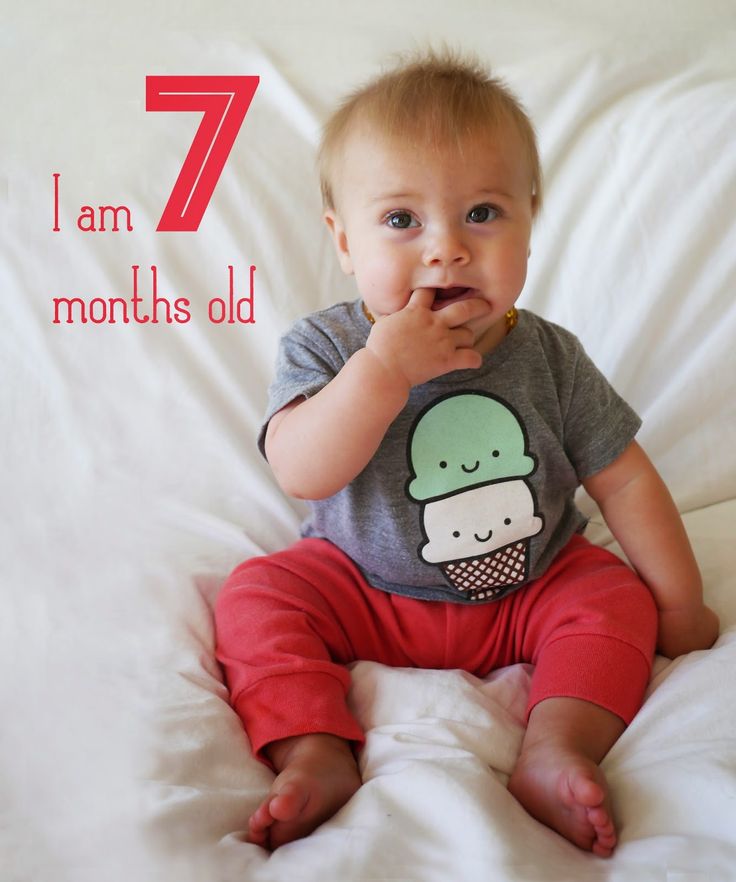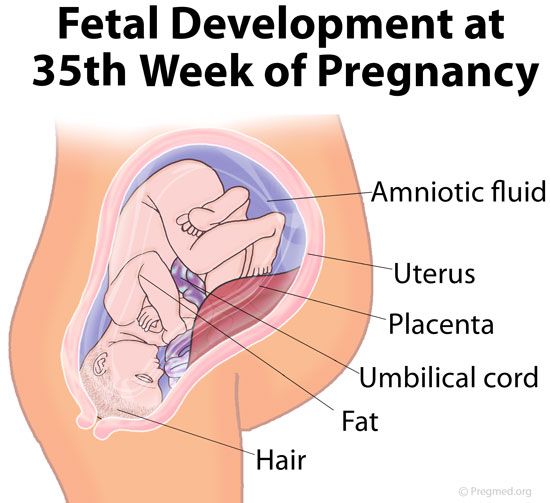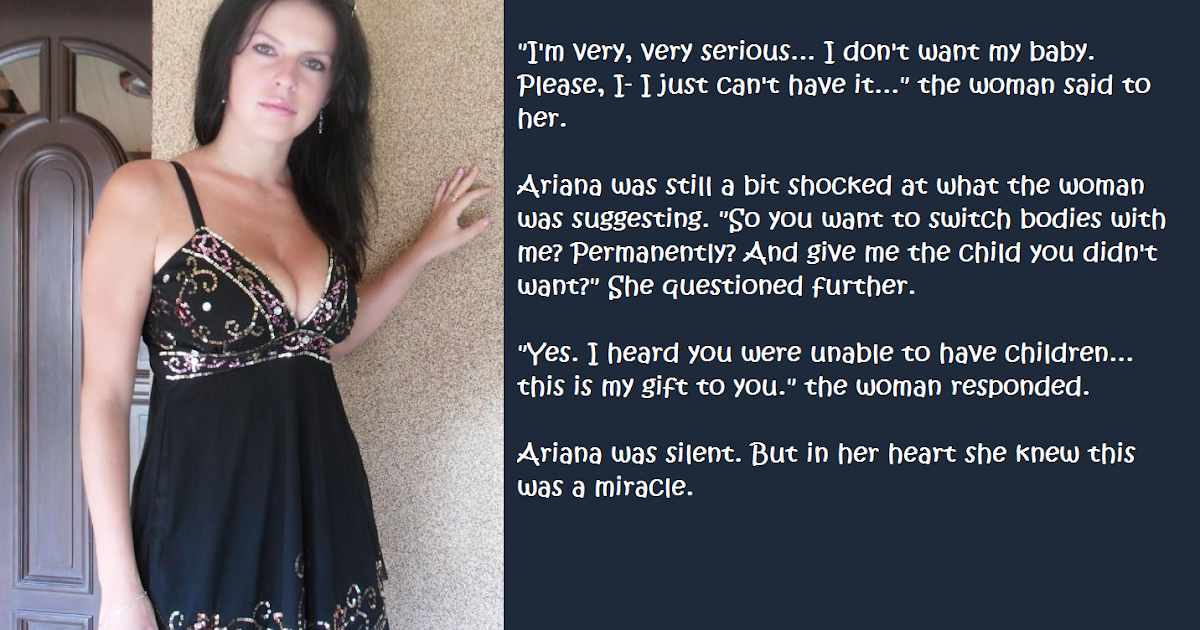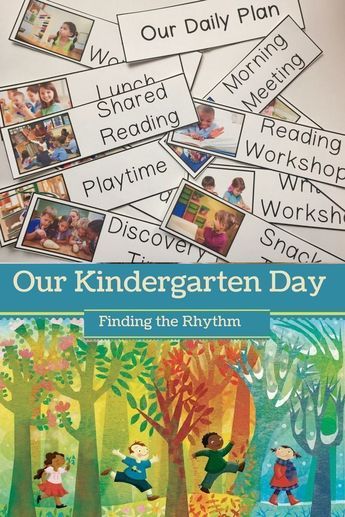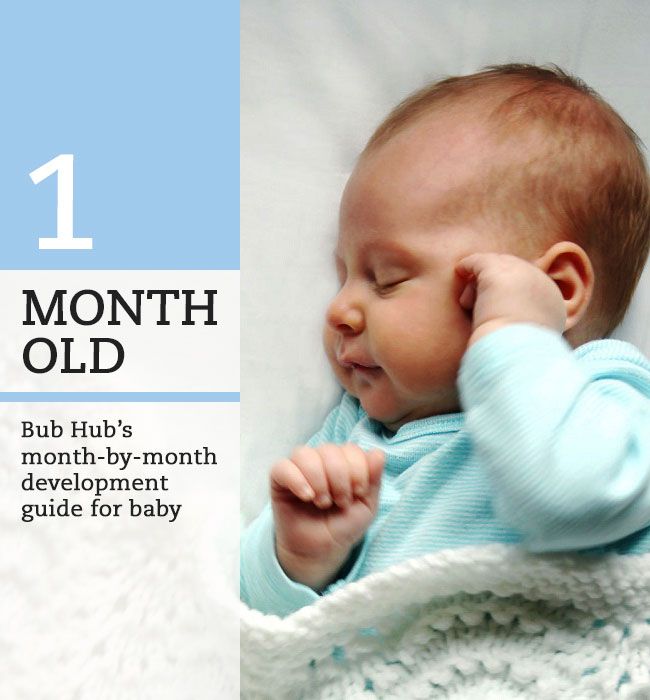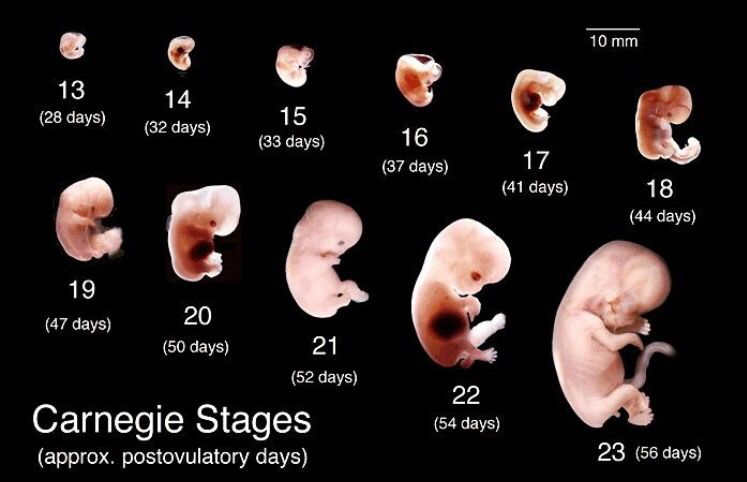How old can a child start ice skating
What to know when teaching your toddler to ice skate
Want to instill a lifelong love of skating in your child? It's all about finding balance on the ice and getting the right equipment.
Photo: Stocksy United
Karen De Vito, a lifelong skater, first put her son Jackson in skates when he was just a toddler. “It took him until he was about three to find his feet, to get up and get moving,” she says. “By four, he was booking it around the rink at top speed pushing on only one leg,” she laughs.
Somewhere between the ages of three and five, kids are ready to start on skates, says De Vito, a professional skating coach who’s been in charge of the preschool program at the Kitchener-Waterloo Skating Club in Waterloo, Ont., for five years. But, she adds, parents need to be patient. “It’s a whole new environment, new equipment and new skill set. It can take quite a while for children to start to feel confident.”
That confidence comes from learning how to fall down and get back up without hurting themselves, says De Vito. “There’s nothing more frustrating for kids than not being able to get back on their feet.”
Her preschool skating classes start out in the lobby of the arena, on a rubber surface, where kids can begin to balance on their blades, fall down and get up again. “We do this by showing them how to get on their knees, put one foot up, a second foot up, and then push up with their hands. Parents can hold onto the child’s skates to provide some stability,” says De Vito.
Getting on the iceNext, they take these skills to the ice. “Most of the time kids will be down,” says De Vito. “That’s OK. They need to get used to the hard, cold, slippery surface. It takes practice falling down and getting up before they can do it on their own.”
Subscribe to our daily newsletter!
Once kids are comfortable getting up on their feet, De Vito encourages them to march on the spot. When they’ve mastered shifting their weight from one foot to the other, they can start to move slowly across the ice. Walking forward and backward, sidestepping, singing Head and shoulders, knees and toes—it all helps kids find their balance.
Walking forward and backward, sidestepping, singing Head and shoulders, knees and toes—it all helps kids find their balance.
“Let kids decide when they want to add a bit of power, to push off,” says De Vito. “Eventually, most just start doing it, as they begin to feel the edges of the blades and get more confident.”
De Vito doesn’t recommend chairs or other supporting devices because they encourage kids to lean forward. “To find the balance point, the child should be standing up straight so her weight is evenly distributed over the blade.”
A better way to support a beginning skater is to skate alongside and hold him under the arms. De Vito finds kids usually feel comfortable with this because they want to know you’re there. “Encourage him to keep his head up, and put one, and then both arms out like an airplane, to balance,” says De Vito.
Whatever you do, keep it fun—and don’t push kids when they’re tired, says De Vito. “You want skating to be an activity kids enjoy for the rest of their lives. ”
”
This is absolutely critical when it comes to safety. A CSA-approved (Canadian Standards Association) ice hockey helmet that fits properly over a toque is a must. Some parents opt for a face cage as well, but it’s not required equipment, says De Vito.
2. Find the right skatesDe Vito likes figure skates for beginners because the blades are longer. She suggests going to a sports store and having your child properly fitted. Bring the socks your child would normally wear to the rink and have her try on skates in her shoe size; resist the temptation to buy a size or two larger to make them last an extra season. “If the feet are sliding around, it’s much harder for kids to learn and can cause injury,” says De Vito.
Tip: When the boots are tied up, your child should be standing up straight. Her heel should be right at the back of the boot and she should be able to wiggle her toes.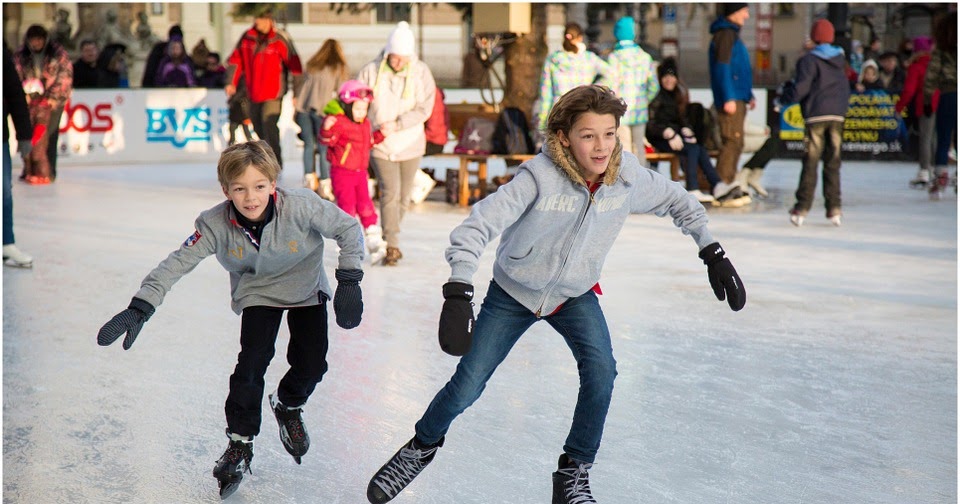 De Vito cautions against a rigid boot with buckles, “When kids go down, the buckles can come undone.” Instead, opt for Velcro closures or good old-fashioned laces.
De Vito cautions against a rigid boot with buckles, “When kids go down, the buckles can come undone.” Instead, opt for Velcro closures or good old-fashioned laces.
Gently used skates are just fine, as long as they still offer good ankle support and the blade is in good condition. Don’t buy a used skate that has bends or creases in the boot.
4. Be sharp about bladesIf you buy figure skates designed for children at a beginner level of skating, there should be no need to file off the toe pick. Skates should be checked and sharpened regularly.
5. Bundle upKids spend a lot of time at this stage crawling around on the ice, says De Vito, so dress your child in a snowsuit and waterproof mitts.
A version of this article appeared in our December 2011 issue with the headline, “Learning to skate,” p. 170.
Stay in touch
Subscribe to Today's Parent's daily newsletter for our best parenting news, tips, essays and recipes.
- Email*
- CAPTCHA
- Consent*
Yes, I would like to receive Today's Parent's newsletter. I understand I can unsubscribe at any time.**
FILED UNDER: Outdoor activities Sports Toddler Toddler activities winter
Best age to start ice skating (too young? too old?)
Is there a best age to start ice skating? Are you wondering if your kid is too young or you are too old to start ice skating? In the article below, I will try answering all your questions about age for ice skating. But remember, the most important is to have fun!
Quick Navigation
Too young? Best age for ice skating - How young to start?
Too old? - Best age to start ice skating
Why start ice skating - benefits
Is ice skating dangerous for beginners?
How to start ice skating
Back to all general ice skating articles
This article may contain affiliate Links (info on the Disclosure page). If you purchase using my link, I get a commission at no extra cost to you.
If you purchase using my link, I get a commission at no extra cost to you.
Technically speaking, any kid who can walk can skate too!
However, if balance is already not good on the ground, if won't improve on skates.
You know your child best - his/her abilities and temperament.
There is NO correct age to introduce a child to the beautiful experience of skating on the ice. See my article about ice skating with a toddler.
However, if you want your child to take lessons, it is another question...
Criteria for a toddler to be able to take ice skating lessonsThe child -
- Should display sufficient maturity and attentive listening. Only then, can he/she follow the instructor - this is why clubs emphasize upon a minimum age for children.
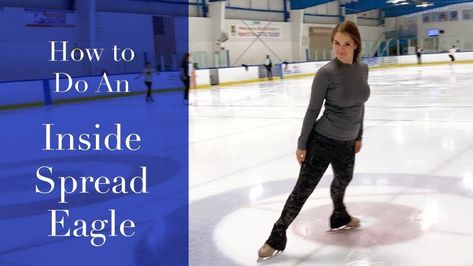 They should prove to be attentive in group classes.
They should prove to be attentive in group classes. - Should demonstrate appropriate muscle strength and flexibility.
- Should show no separation anxiety. In general, it disappears after the age of four. Therefore, if your kid is comfortable with other adults, everything should be fine.
- Should be able to balance in regular shoes, and on skates.
Ice skating clubs normally don't take children under the age of 4.
How to see if your child is not readyEvery child develops differently. They will show interest for some activities early and for others it will be later.
The best thing is not to compare with other kids!
For example, I only started walking at the age of 18 months old. People were telling my parents that I would not do any sports... haha
Psychologists suggest that children love to move around on their own. Therefore, they express joy in improvement of fine motor skills. They love to crawl, stand up, walk, run, skate, and ride a bicycle.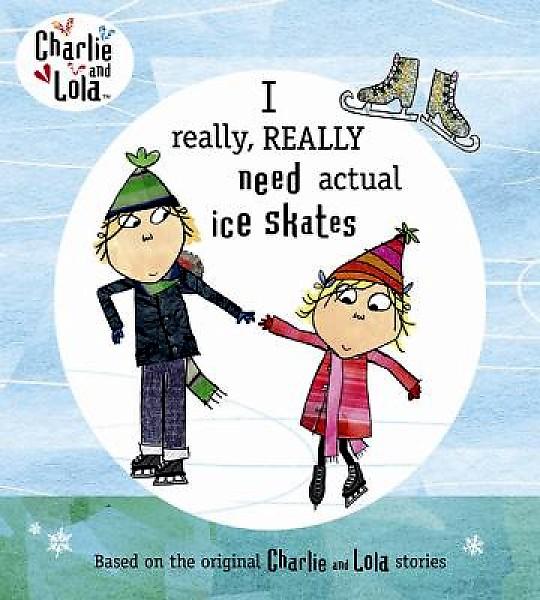 These activities make them feel in control of their environments.
These activities make them feel in control of their environments.
A toddler may be anywhere between 2 and 4, to jump on to the ice. It all depends upon the temperament
If you think, your child might be ready, just try. Don't buy skates yet, use the rental for the first time.
- Don't show fear, make it a fun game, like walking like penguins
- If your child is crying the whole time, he/she is not ready. Try again in 6 months time
- Don't run when they fall - most of the time it does not hurt, and they must understand it is part of the game
If your kid is not yet comfortable on the ice, you can start with a roller rink using rollers with 4 wheels - there is a gliding impression but more balance.
Too old? - Best age to start ice skatingBest age to ice skating for fun and pleasureThere is no age barrier for skating. You may try the exhilarating sport during childhood, adolescence, or when you are an adult.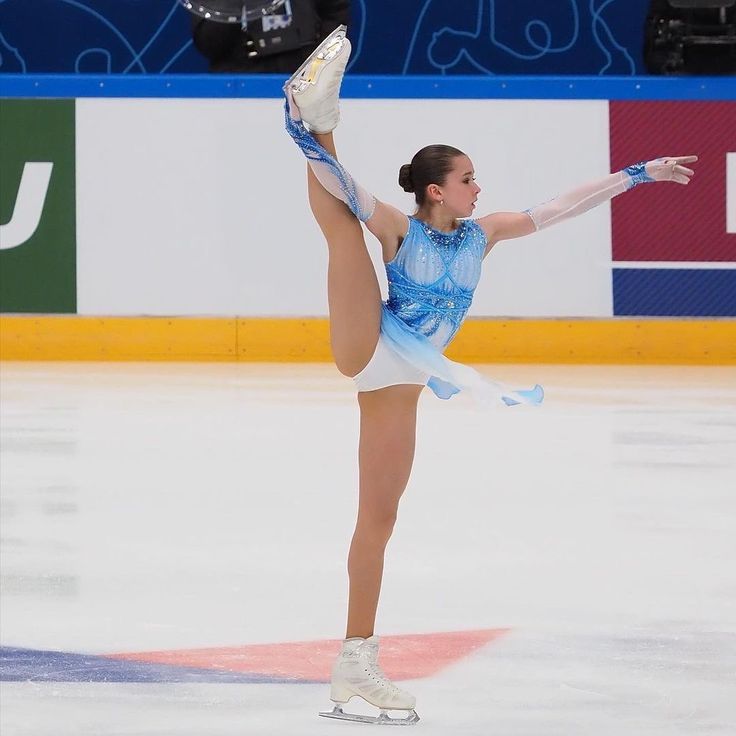 You can even try to master the techniques of figure skating.
You can even try to master the techniques of figure skating.
Just ensure that your goals are realistic. Also, ensure that you have plenty of fun. You might even try to enter competitions.
To reach an Olympic level - figure skatingParents’ Olympic Dreams
If you are looking for the best age to start your child at figure skating because you want him/her to become an Olympic champion. This is not a website for you.
I believe parents should have children try sports and push them a little when they slack, but the Olympic dream should be coming from the child. And he/she can’t know that at 3 years old…
Your child must nurture the same dream. Otherwise, you will be pushing him. This can destroy his/her enjoyment in the sport.
Children’s Olympic Dreams
Now if your child is a little older and is talking about his/her Olympics dreams, you might be wondering if it is too late.
It is true that the training of champions normally starts between the ages of 4 and 6 when the child can pick things up quickly and built automatisms.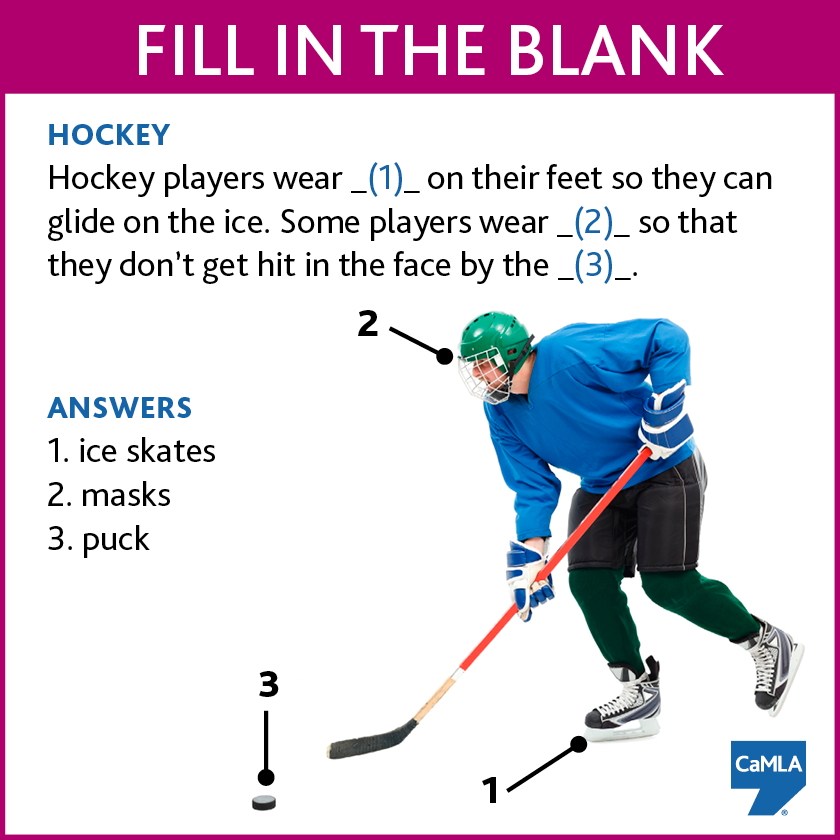
However, some champions have started later:
- Sasha Cohen (USA) first skated only at the age of 7 and became serious about it only later. She was the silver medalist at the 2006 Winter Olympics.
- Johnny Weir began (USA) skating at the age of 12. He gained fifth place at the 2006 Olympics and sixth place in the 2010 Games.
- Evan Lysacek (USA) won the 2010 Winter Olympics. He had begun skating at the age of 8.
- Guillaume Cizeron (France) won the silver medal for Ice Dancing at the 2018 Games. He began skating at the age of 8.
Can I start Ice skating at 13, 14…?
Late beginners find it harder to become professionals. Furthermore, they have to work harder. To illustrate, suppose the learner was 14/15 years of age. This skater would find it easy to tackle the beginner levels. However, he/she might find it difficult to master figure skating. The body does not find it easy to learn axels or jump. The body is taller, older and difficult to control.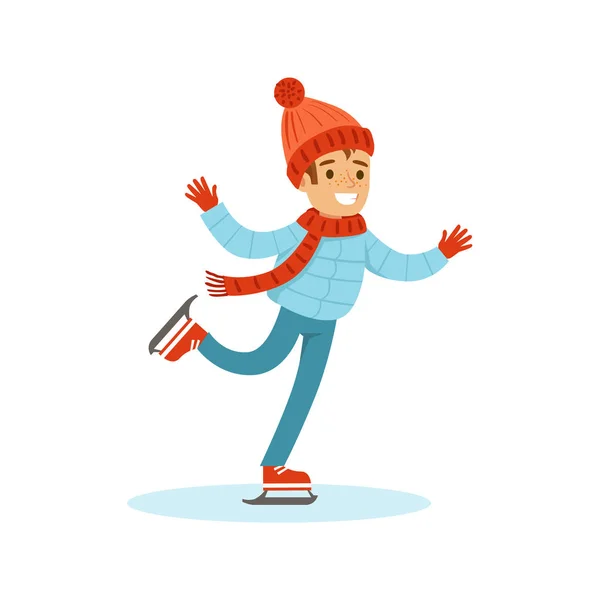 And confidence levels may not be too high.
And confidence levels may not be too high.
Hockey is a game where you have much older players than the skaters in figure skating. In 2017, the average age of players in the NHL was 27,4 years old (source).
Physical does have an impact but much less than for figure skating. Maturity and skills are essentials.
If you are in middle or high school, it’s not too late to start playing hockey. If you’re willing to work hard and develop your skills, you can play hockey long-term. There is a possibility to join the NHL without having played hockey your entire life. However, as the sports progress, it is becoming more difficult.
But you can play great games without being in the NHL!
For example:
- Yvon Lambert (Canada) - started skating at 13
- Jovanovski (Canada) - started skating at the age of 11/12
- Rod Langway (USA) - started playing hockey at 13
- Mike Komisarek (USA) started at 10
- Cam Johnson (USA) - seems to have started at 10
- Vadim Vasjonkin (Collegial hockey originally form Estonia) - started at 10
At any age ice skating has a lot of benefits, even if you don't make it to the Olympics or the NHL! Always focus on the process of development rather than the end goal.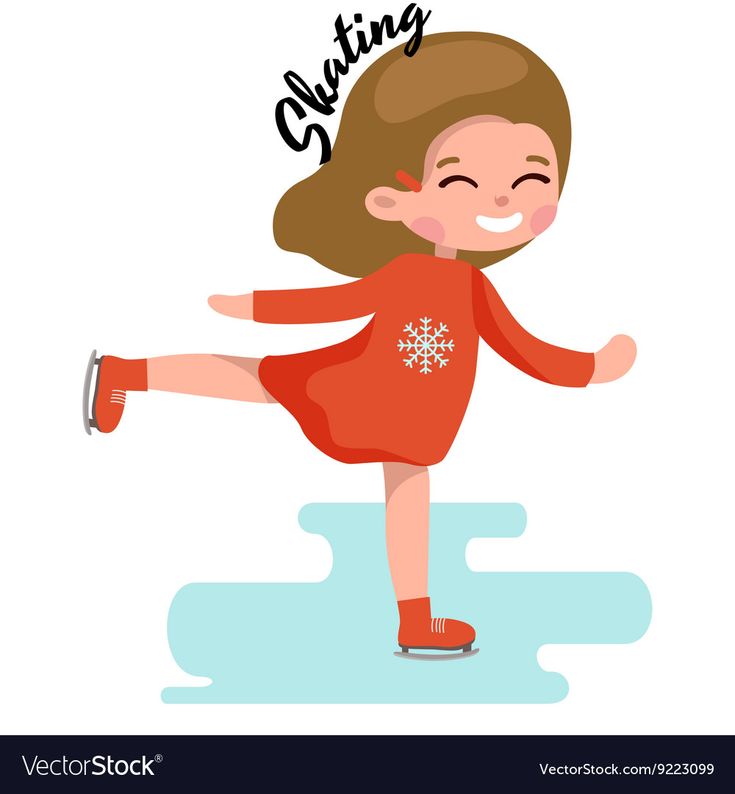
First of all, there is a pleasure of gliding on the ice. There is no better feeling in my opinion!
Then you have the health benefits of ice skating (learn more on my article about them):
- It improves balances
- It increases joints flexibility
- It boots Cardio Health
- It builds muscles and improves postures
- It increases motor coordination
- It helps with weight management
Plus, there are also some great lessons to learn from figure skating or hockey playing, that will help anyone in their everyday lives:
- The spirit to get back up after falling (learn more on my article about the life lessons from figure skating)
- Trusting your instinct
- Resilience
- Consistency
- Overcoming difficulties
- Teamwork in hockey
- Communication if skating in a team - hockey, synchronized skating, pairs.
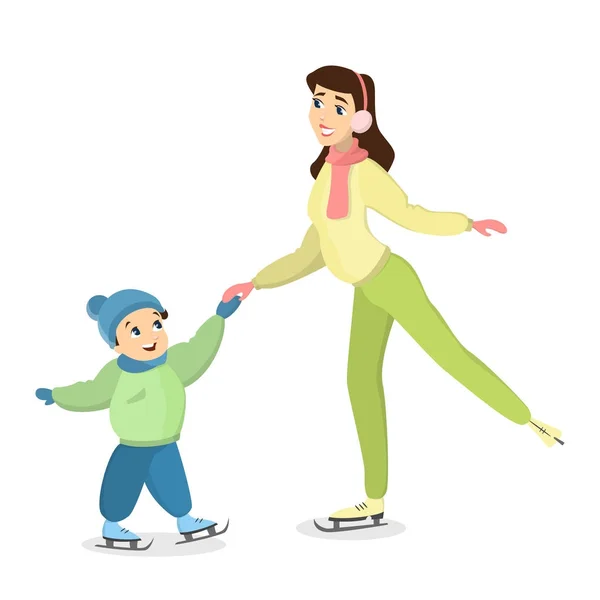 ..
..
If you are wondering if your kid is too young to ice skate or if your are too old, one of the worries may be that ice skating could be dangerous.
Let me reassure you, ice skating for beginners, when done correctly is not a dangerous sport.
However you have to do it in good conditions:
- A good pair of skates - strong support of the ankle
- Properly lacing your skate
- Warming-up
- Wearing good socks (thin)
- Wearing protective gear
- Hydrating
- ...
Learn more about my ice skating tips for beginners to avoid injuries.
How to start ice skatingShould you teach your kid to skate?Are you acquainted with the skill of skating? If yes, teach your child to skate too. If not, do not attempt to do so. Instead, both of you might sign up for some classes. At least, you will understand the basics.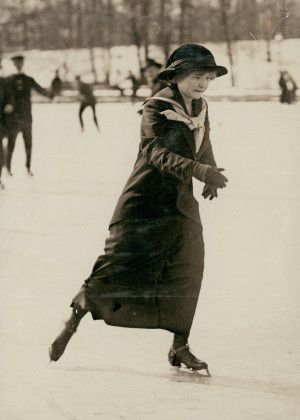
One of them involves falling down and getting back up. You must not hurt yourself while doing so. This way, you will gain confidence. Do not use chairs or other types of supporting equipment. Otherwise, you will lean forward while skating. Unless the body is straight, balancing will be difficult. An erect figure ensures even distribution of the weight across the blade.
If an experienced skater moves alongside the beginner, he/she should hold the beginner’s arms from underneath, not from the front and not from the side.
Which skates are best to start?If you have already chosen your sport, then go with those skates.
However, if you just want to start ice skating, figure skates are considered easier to learn. They possess longer blades. Therefore, they help in maintaining balance. Purchase the correct fit. Wearing larger sizes is a big No-No.
Check out:
- my article to choose the best skates for beginners adults and teens
- or my article about the best toddler ice skates
- or for little hockey players - the best hockey skates for kids
- or for little girls, the best girl ice skates
- Gloves are essential.
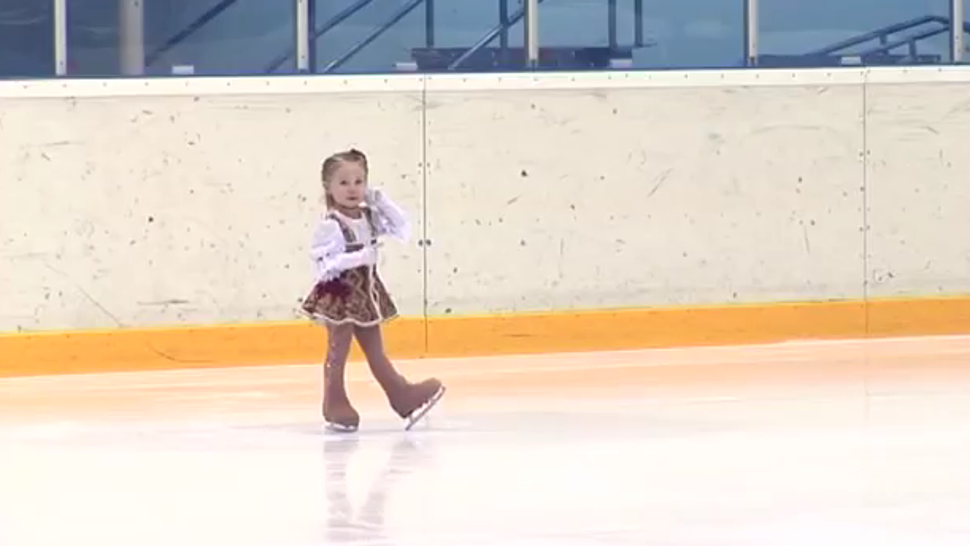 Hands need protection during falls. They land on a cold, hard and slippery surface. Pushing himself/herself up will be difficult. Do not go overboard by purchasing ice hockey gloves. Even small hands do not really need the extra padding.
Hands need protection during falls. They land on a cold, hard and slippery surface. Pushing himself/herself up will be difficult. Do not go overboard by purchasing ice hockey gloves. Even small hands do not really need the extra padding. - A helmet may be compulsory with some clubs. You do not want your child to crack his/her head during all those falls. Remember that the ice is very hard. Therefore, place a bicycle helmet on your child’s head. If it has an extended brow, so be it. The helmet will keep the head safe. The extended brow will keep the face safe.
However, when I learnt we have never worn a helmet. Beginners are not going fast and not jumping. They are just learning to glide. Your kid is probably more at risk climbing on your couch, or on other crazy adventures inside the house he/she can imagine. - Thin socks - Sweating can only make the feet feel the chill even more. Additionally, the feet must feel the surface below them.
 This helps in seeking appropriate balance. Therefore, avoid clothing your child’s feet in two pairs of socks or thick ones. Choose thin socks.
This helps in seeking appropriate balance. Therefore, avoid clothing your child’s feet in two pairs of socks or thick ones. Choose thin socks.
Get them on Amazon
Get protective gear
Don’t push itAll children are different. Some want to race to the ice as soon as they can wear boots comfortably. Others want to wait until they arrive at ‘school going’ age. Therefore, be a patient parent. After all, ice skating is fun!
BUY + PERSONALIZE + SHOW OFF your passionYou might also be interested in:
When to teach children to skate? Tips for sports parents
The question of when to put a child on figure skates worries many parents. Often moms and dads want to introduce kids to the sport that they themselves love. We are sure that this is a wonderful desire, and everyone should try ice skating at least a few times in their life.
Of course, only a few will become professional athletes. But is it just for the sake of this that they learn to skate? There are plenty of other reasons to learn to skate:
But is it just for the sake of this that they learn to skate? There are plenty of other reasons to learn to skate:
· This is an excellent active leisure for the weekend and during the winter holidays in children.
Skates develop coordination and a sense of balance.
Skating gives a charge of vivacity and good emotions, it will certainly cheer up children.
Skating is a great workout and will be very useful if you follow the rules of safety.
It will always be a pleasure to look at the photo from the rink. Family holidays, and then friendly meetings at the skating rink will be remembered for a long time. For this, it is worth teaching children to ride. nine0003
When can I start skating?
Ice skating helps to train the child's muscles and develops his vestibular apparatus. There is another nice bonus. Skating is also the prevention of colds in children.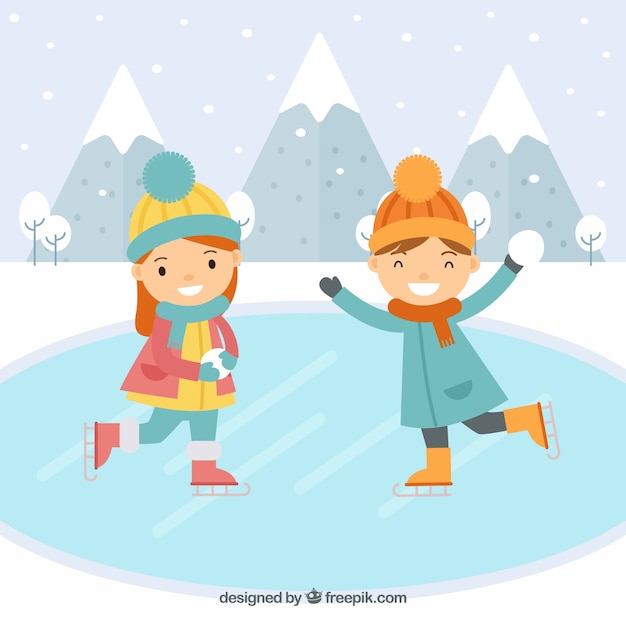 Just think how much effort and nerves you can save thanks to regular trips to the skating rink! And all this with pleasure.
Just think how much effort and nerves you can save thanks to regular trips to the skating rink! And all this with pleasure.
Remember that the cold air that circulates on the rink hardens the respiratory tract. You do not need to be at the rink with a child for more than an hour and a half in a row, especially if this is one of the first exits. nine0003
The benefits of skating are enormous and have long been proven. But this does not negate the fact that everything should be in moderation. Skating a child who has just learned to walk is not a good idea. Doctors and children's trainers recommend starting at the age of 4-5 years. At this time, the muscles, joints and ligaments will be ready to endure such loads without harm to the body. The main thing is to choose the right skates for the baby. We will talk about this in more detail.
Choosing the first skates for a child
Practice shows that buying skates is more profitable than renting. In addition, having bought skates, once you get rid of the need to look for suitable ones every time, because even things of the same size may not be too comfortable.
In addition, having bought skates, once you get rid of the need to look for suitable ones every time, because even things of the same size may not be too comfortable.
Modern parents are unlucky in a sense. They face difficult choices. Large assortment, variety of brands and designs. It can be difficult to get oriented.
Recall that the best skates are made of leather or its substitute. Plastic models are cheaper, but they have many cons that outweigh everything. The Eurosport store does not sell plastic skates. We wrote about the reasons in a separate article of our blog. nine0003
But there is another side to the issue. Leather skates are not cheap. Not all parents are ready to spend money on them, especially considering that the child's interest in skating may disappear. This is an objective reality. How to be in such a situation?
For the first skates, it is better to choose a model made of leatherette. It will ensure the safety of the foot, reliable fixation, good heat transfer and will be cheaper than the analogue made of genuine leather. So you will not regret buying if it turns out that the child is not so interested in riding. nine0003
So you will not regret buying if it turns out that the child is not so interested in riding. nine0003
Choosing single or double skating
It is better to start skating on two skating skates. They are more durable and stable, relying on two blades at once. Most often, such models are bought by parents who decide to put their children on skates as early as two or three years old.
Four-year-olds can already buy single-sided skates.
Hockey or figure models?
Many parents decide that boys need to buy hockey skates and girls need figure skates. These two options have one main difference - figure skates have teeth on the blade. Also, hockey skates can have different blade curvature. We recommend buying skates for children with the straightest possible blade, which will provide stability on the ice. nine0003
Fans are advised to go skating (also called "herringbone riding"). To do this, you can buy hockey skates even for girls.
Last tip! Do not buy skates with a boot "for growth". In them, the child will not master the correct skating technique, will not be able to distribute balance. And this is fraught with injuries in the future.
Our Findings
Once again, ice skating is a great way to develop your child physically. The main thing is to properly prepare the children for the first exit on the ice, telling them how to behave. It is also imperative to choose skates that are suitable in size and design. nine0003
Children can be put on skates as early as four years old. At this age, children are quite ready physically for the loads that skating and wearing skates give. Children of four years old can wear single-sided skates.
Buy kids' skates from the best brands at Eurosport. And of course, read our blog.
The first exit on the ice: how to teach a child to skate | Child health | Health
Elina Drevina,
Mikhail Koltunov
Estimated reading time: 6 minutes
137053
AiF. Health #52. Donation must be free 26/12/2013 Subject Weekend in Moscow: January 18-19
Health #52. Donation must be free 26/12/2013 Subject Weekend in Moscow: January 18-19 In principle, it is possible to put a baby on skates as early as 1.5–2 years old: the younger the child, the easier it is for him to develop motor skills. However, not all children are ready for such a load, not all of them have sufficiently developed muscles of the legs, abdominals and back. nine0003
If you are not confident in the strength of your child, do not rush. Better work out with him at home and on the street with simple exercises such as "goose step", squats, jumps on one and two legs.
Olympic methodology
Have you already bought the skates and the kid is looking forward to going on the ice? But first you need to get used to the new equipment on a non-slip surface, as all Olympic champions started. Put on the skates at home (the blades should have wide plastic covers). It's time to do the first exercises! nine0003
It's time to do the first exercises! nine0003
Skater stance . Let the child take the correct position: the legs are slightly narrower than the width of the shoulders, slightly bent at the knees. The arms are also slightly bent and slightly spread apart for stability. Very important: the body is slightly tilted forward! Let the baby walk like this around the apartment, squat, spin in place, even jump. Always make sure that he leans forward slightly, otherwise on the ice there is a risk of falling back and hitting the back of the head!
Skater movements . This exercise should be done on packed snow, but not yet on ice. It's time to take off the covers from the blades. Let the child repeat the same thing: take a stand, walk around, turn around, squat. The purpose of these exercises is to develop a sense of balance. If the kid is really itching to go out on the ice, work out for at least 20 minutes and only then go to the rink.
Holding on to Mom
To begin, have the child stand holding the rail while you roll in front of him demonstrating simple exercises.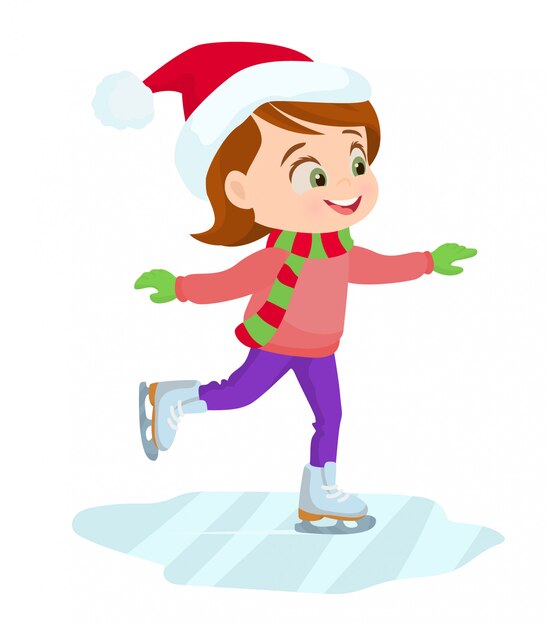 Then start doing them, holding his hand (preferably both if you can go back). nine0003
Then start doing them, holding his hand (preferably both if you can go back). nine0003
Do not force self-skating, let the child hold on to your hand until he feels confident. However, do not let him hang: the support should be soft, provoking the child to keep his balance on his own. Gradually apply less and less force to hold the baby in an upright position, pick up only if he really can fall. However, hardly anyone succeeded in not falling while skating, so one of the exercises is learning to fall correctly. nine0003
March March . Just walk on the ice without trying to slide.
Herringbone . This is the basic step for moving on ice. Let the child put one leg slightly obliquely. You need to push off with the inner edge of the other leg so that the first skate goes forward and slightly to the side. After pushing off with one foot several times, change legs. Then try to alternate: one repulsion with one foot, the second with the other. Immediately wean the baby from pushing off with teeth and riding on straight legs: these are the most common causes of falls. nine0003
Immediately wean the baby from pushing off with teeth and riding on straight legs: these are the most common causes of falls. nine0003
Flashlights . First, the legs travel together, then they move apart, describe a round "flashlight" and return. The child can be carried by the hands, and let him write out the figures.
Snake . The legs move together, now to the left, then to the right, drawing a double "snake". At this time, too, at first you can carry the child by the hand, but not too fast.
Braking . Show your child how to brake the plow. Spread your legs like for a “flashlight”, and when bringing it down, strongly rest your heels on the ice, crashing into it and due to this losing speed. The second option is heel braking. nine0003
Skating on two skates in parallel, put one forward with the toe up, and touch the ice with the heel until it comes to a complete stop. The supporting leg is noticeably bent, the braking leg is straight.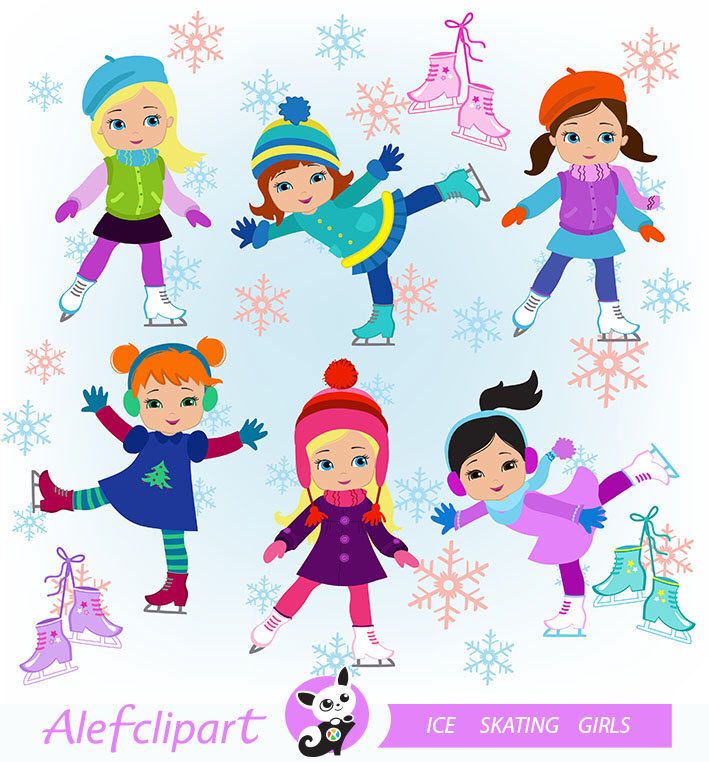 Learn both ways.
Learn both ways.
Turns . Let the child first put his legs in parallel, remembering to bend his knees and tilt the body forward. Now ask him to tilt his body in the direction he wants to turn. The tighter the turn, the stronger the slope! When he has mastered this, let him additionally push off with the outer edge of the skate that is outside the turn: this will help to turn along the minimum trajectory. nine0003
Drop . Not the most pleasant exercise, but suddenly you have to fall for real? No way back! Explain to the baby: if you feel that you are falling, it is useless to resist. It is necessary to sit down as low as possible so that the fall is not high. It is better to bend your arms slightly and press them towards you: by sticking out your elbow or hand, you will not soften the fall, and you can hurt them very badly. And let it gently "flop" on the soft part of the thigh on the side.
In this case, it is ideal not to “stick” into the ice, but to slide onto it and even drive further on your side.